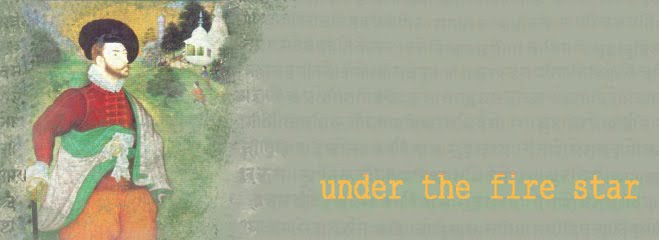 Photo by R. Ragu
Photo by R. RaguThe Admiralty House, one of Chennai's few remaining fine old buildings, is being demolished. From The Hindu:
CHENNAI: The demolition of the Government House here, the oldest building on the Government Estate, has begun.
On Monday, workers were breaking the roof of the heritage building, commonly known as the Admiralty House, with giant hammers. The demolition will be completed in 40 days, according to an official of the Public Works Department, the custodian of the Estate properties. Some other buildings on the Estate will also be demolished, including the old MLAs’ quarters. The official says that as the buildings are vacated, they will be pulled down. The department hopes to complete the demolition of all the identified buildings by the end of next month.
The exercise is being carried out to facilitate the execution of the Rs. 200-crore Assembly complex project.
The government has selected a German-based architectural firm for the Assembly project. As per the present proposals, there will be two blocks – one housing the Assembly complex and offices of the Chief Minister and Ministers and the other accommodating offices of various government departments. While the first block will have ground and six floors, the second is likely to be a high-rise building, having a maximum of 20 floors. The government is planning to commence the construction of the proposed Assembly complex by September.
Till recently, the Government House building was occupied by the different wings of the Police department such as Crime Branch-Criminal Investigation Department (CB-CID) wing, the Economic Offences wing and Narcotics Intelligence Bureau-CID. The wings have been shifted to different places in the city. In the mid-1990s, the building, as a makeshift arrangement, even served as the headquarters of the Police department when the government undertook renovation of the DGP office building on the Marina, which is yet another heritage landmark. Till Independence, the Government House was the residence of Governors. For sometime, it also functioned as the MLAs’ hostel.
S. Muthiah, historian, wrote about the importance of the heritage monument on several occasions in The Hindu. In his column on October 29 last year, he wrote that after the French left the Fort St. George’s buildings in a shambles, Governor Thomas Saunders of the British East India Company in 1752 rented a house belonging to the wealthy Mrs. Antonia de Madeiros just across the Island from the Fort. On August 28, 1753 the Government of Madras bought the house for 3500 pagodas to serve as the Governor’s garden house. Only in 1947 did the Governor’s residence move to the present location in Guindy – Raj Bhavan.

